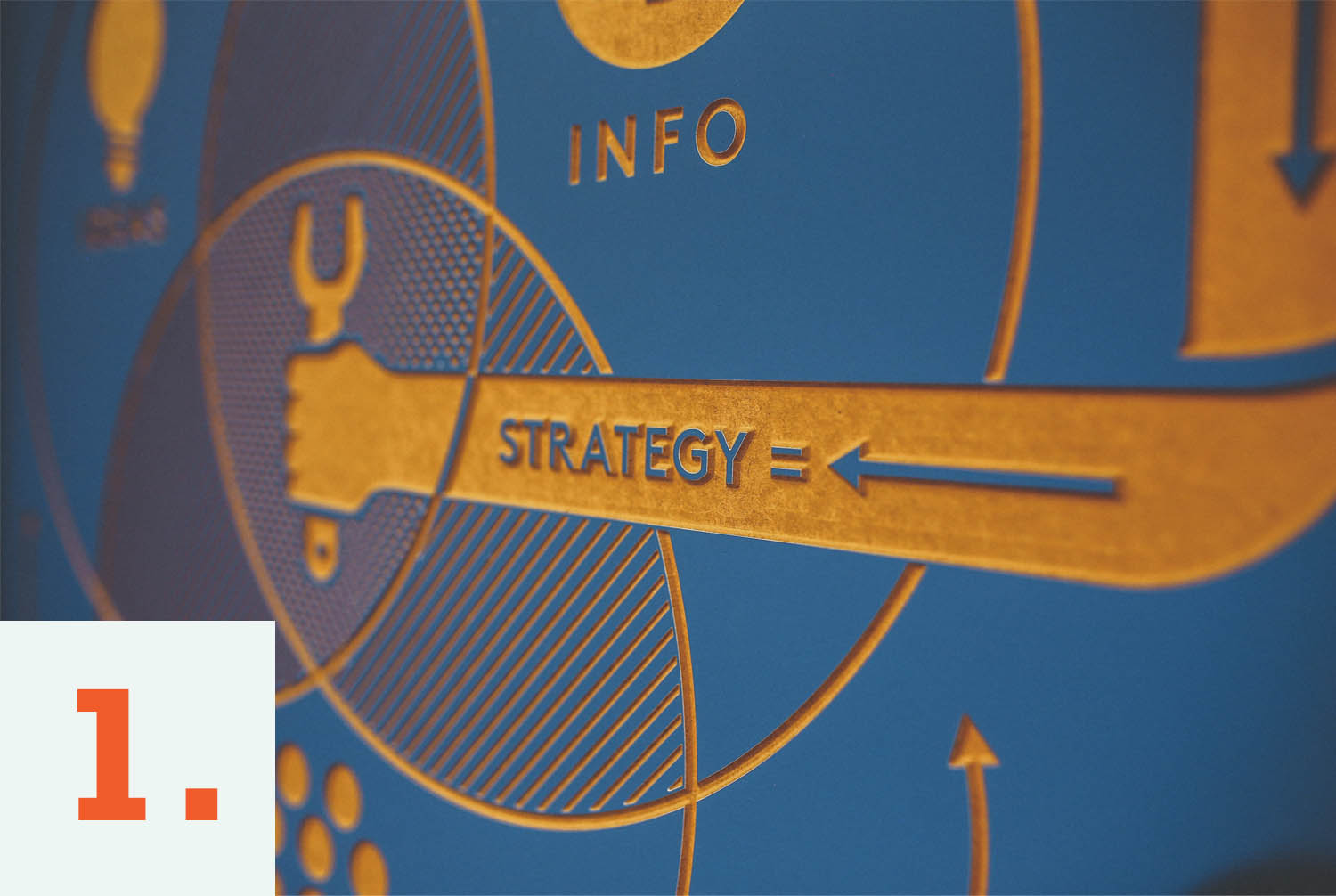The increasing impact of the business intermediary
February 1st, 2016 by Sarah Buckle
Reading Time: 3 minutesWe’re seeing the business intermediary as an increasingly important influencer in brand choice. That’s because they are succeeding in being seen by their customers as trusted and credible providers of relevant, credible advice.
By business intermediaries we mean here the face-to-face service providers – the professionals, technicians, specialists – like hairdressers, veterinarians, doctors, domestic electricians and plumbers, financial advisors, IT technicians, sports and fitness coaches, bartenders, pharmacists, beauticians, insurance brokers etc. who provide personalised tailored advice to their customers.
Why is this?
There are negative and positive drivers out there:
- Consumer distrust of big brands – a Neilsen study+ found that only about a half of consumers round the world trust paid TV, magazine and newspaper ads. Consumers are seeking impartial, informative and credible sources for advice from real people.
- The rising power of consumer ratings websites like Trip Advisor, and comparison websites, reflect this trend of seeking out independent voices to help in decision choice.
- The increasing sophistication of these intermediaries in the way they interact with their customers in the face of strong competition. Every local gastropub, bookstore and bakery has their own website, Twitter feed and Facebook page these days to communicate their values
- The increasing complexity and proliferation of brand offers in a time poor world means that consumers often need more help in navigating the right solutions for them. This is particularly true in technical areas like IT, financial services etc where a true understanding of the choices sometimes needs a deeper knowledge than the customer has time or inclination to develop.
We see how business intermediaries are able to generate this influence with consumers:
- Often consumers have to make distress purchases or make choices in the context of emotional anxieties or concerns e.g. with medical professionals, with IT service providers. The interpersonal context of the interaction enables the intermediary to provide reassurance as well as relevant advice
- Intermediaries are themselves increasingly using professional accreditation as a means of providing reassurance to customers that they are credible service providers – this is particularly true of the trades professions for example. So the promise of independent, credible advice is in effect underpinned by another voice of authority.
- Intermediaries are in a better position to understand what the trends are in their sector, and are fast on their feet to respond with recommendations and solutions so they can advise their customer on what they would like before they know it themselves.
- Consumers are remembered by the intermediary when they return. Loyalty is rewarded in a meaningful way with more highly personalised interactions.
All these forces interact to mean that advice from an intermediary will automatically carry more weight than information from other sources.
Yet we feel that brand marketers have not caught up with this trend and really understood it.
Influencer marketing strategies are becoming more popular these days as a marketing tool, but they tend to focus on adaptations of celebrity endorsement campaigns – i.e. centred around vloggers or opinion leaders – rather than on the providers of day-to-day services to consumers who have the real tangible influence.
We feel there is real opportunity to be had from marketers re-inventing the way that they utilise the “channel”. The features that marketers should include in their channel campaigns include:
- A means of learning from intermediaries about key trends and hot buttons they are hearing from their customers, to enable the marketer to make adjustments to their proposition so that they match the intermediary view
- Providing a range of information and training resources to the intermediaries that meet their needs to respond to their customers’ questions – not just sales material with designated benefits
- A suite of brand stories that help bring to life the purpose that drives the product or service. This can help the intermediary identify if the solution is a fit for their clients and position the brand in a relevant and meaningful way.
- Respect for the independent status that many intermediaries like to keep when providing support to their customers. Intermediaries want the flexibility to offer the relevant recommendations to their customers. Incentive schemes need to reflect this.
Notes:
+ Neilsen Global Trust in Advertising Survey 2012.
« Back to Blog
Suggested posts for you:
Reading Time: 2 minutesSolving strategic problems through connecting data from different sources Last month, I spoke at EARL *, which is…
LEARN MORE

Reading Time: 6 minutes#1 in our blog series on how to deliver a strategic insight programme At Rainmakers, we help…
LEARN MORE